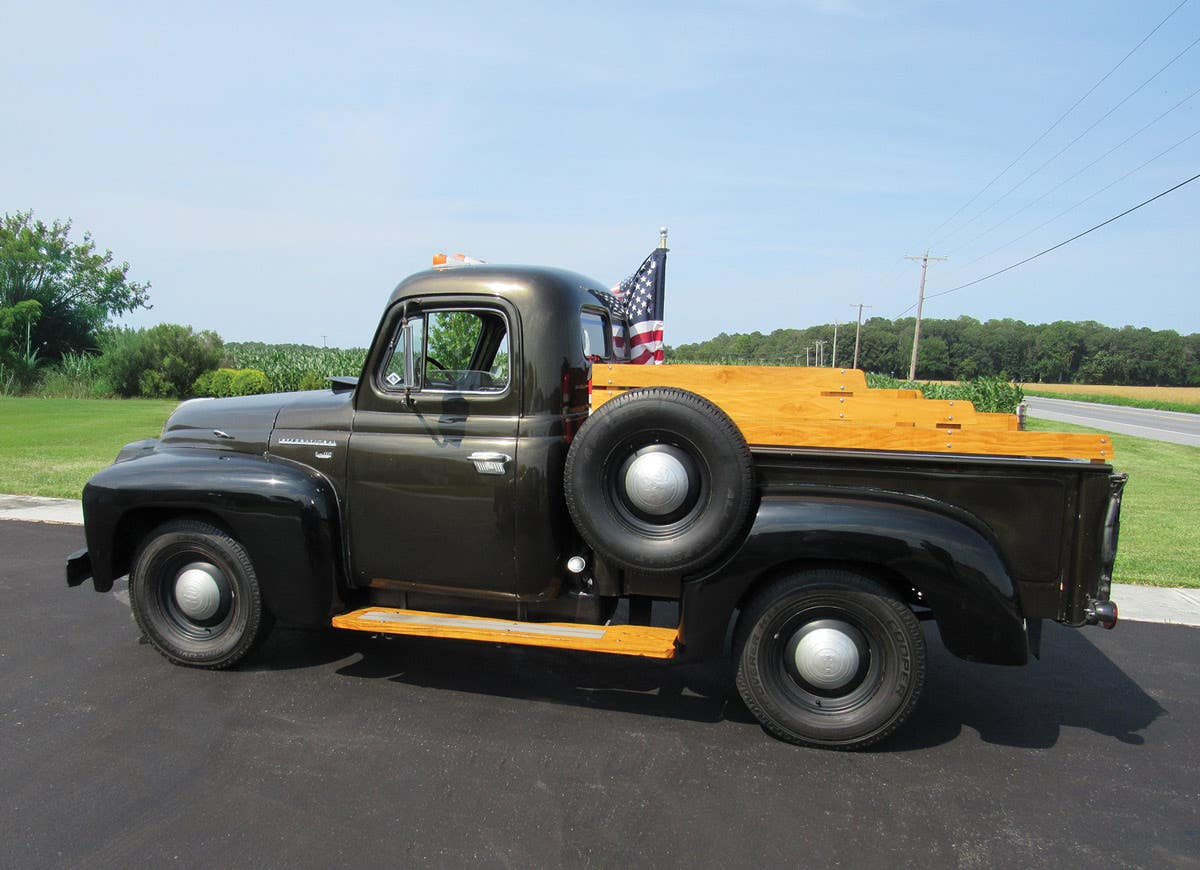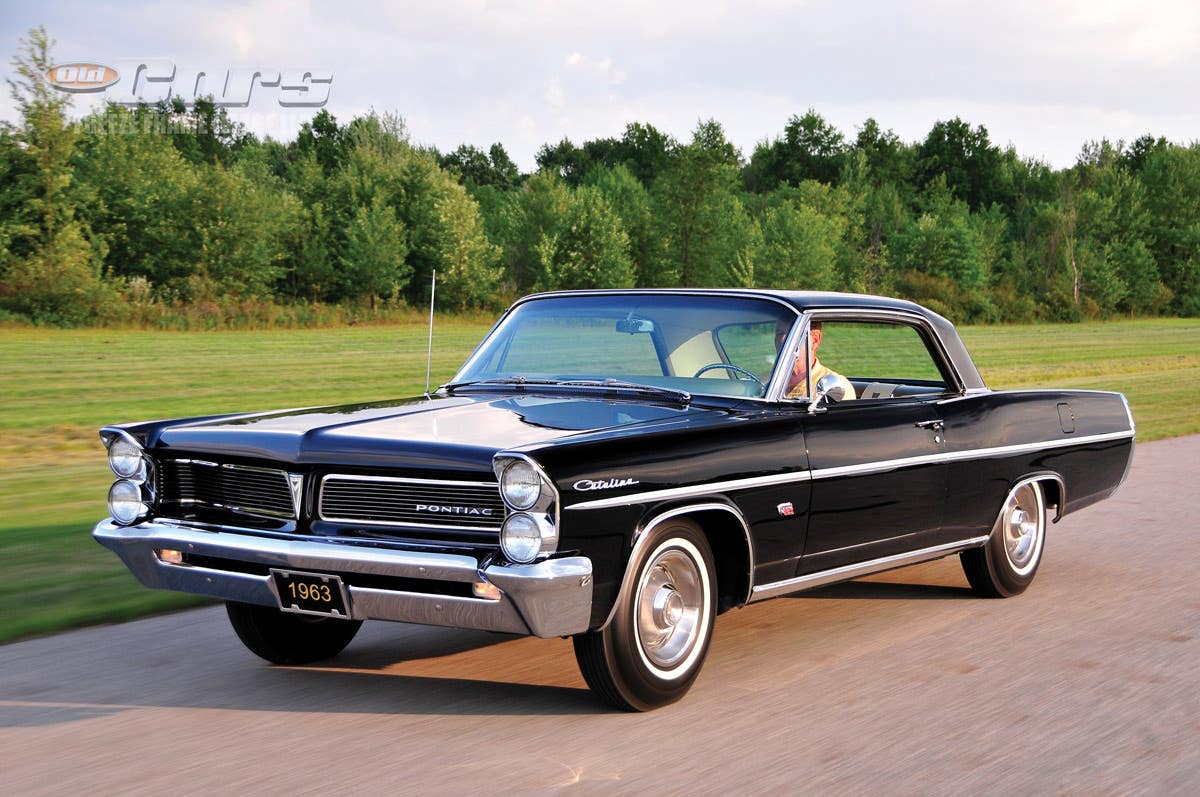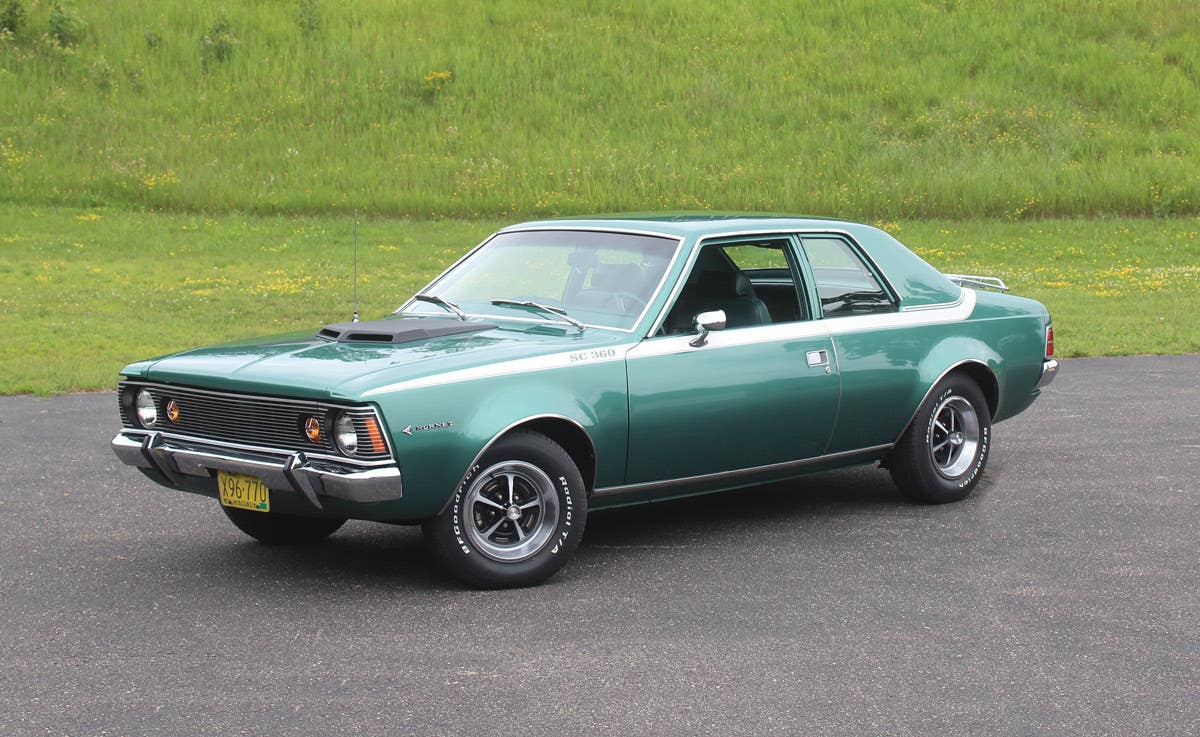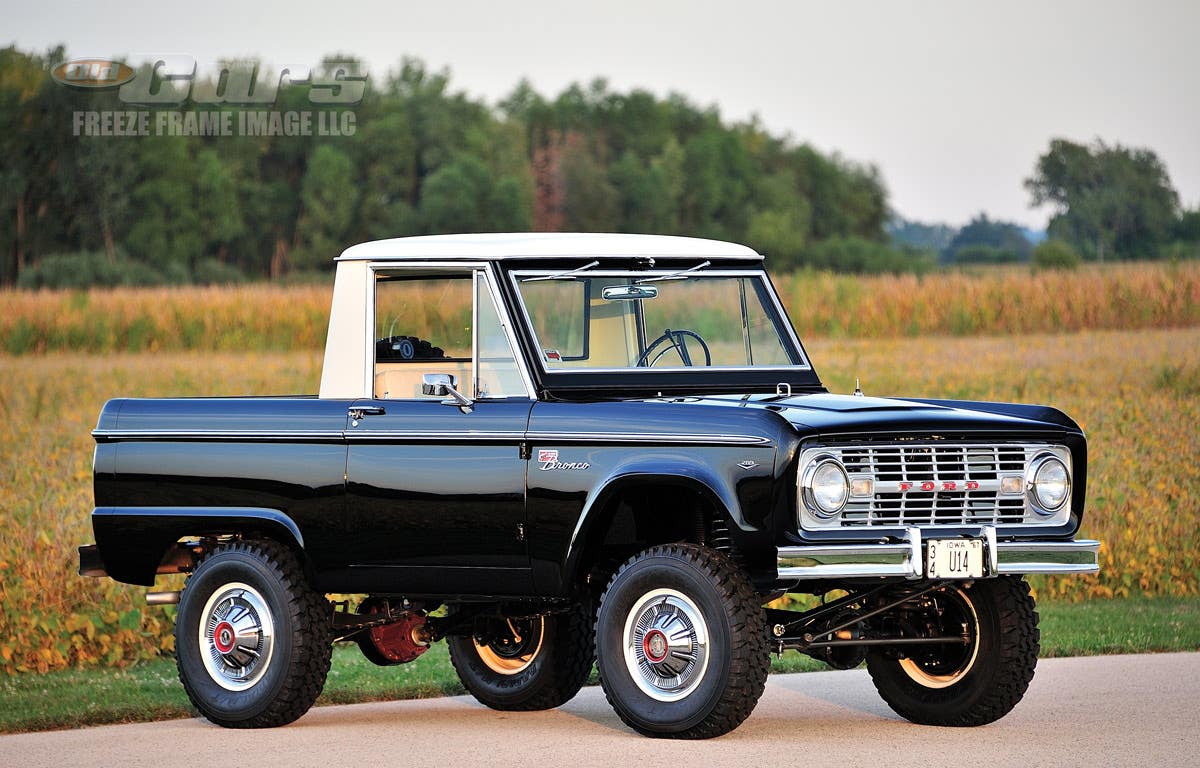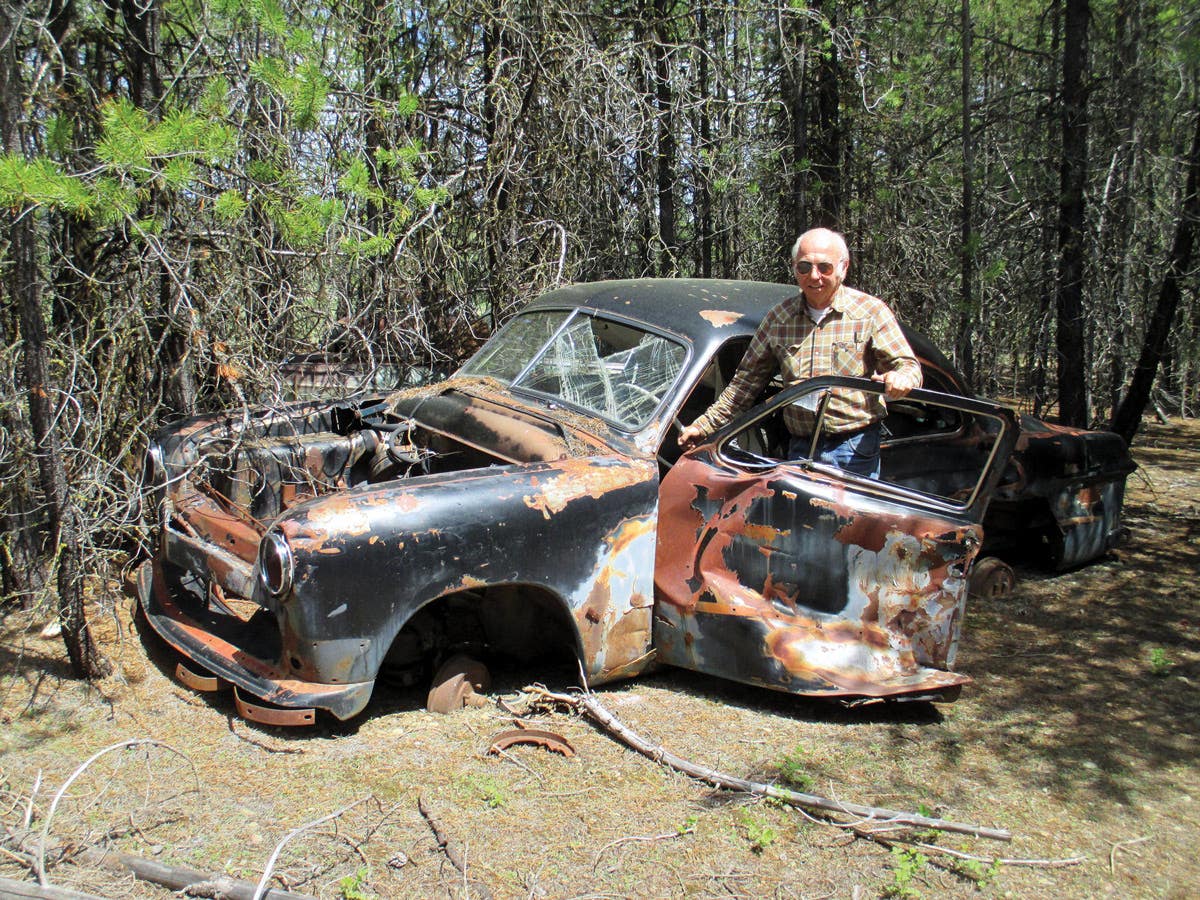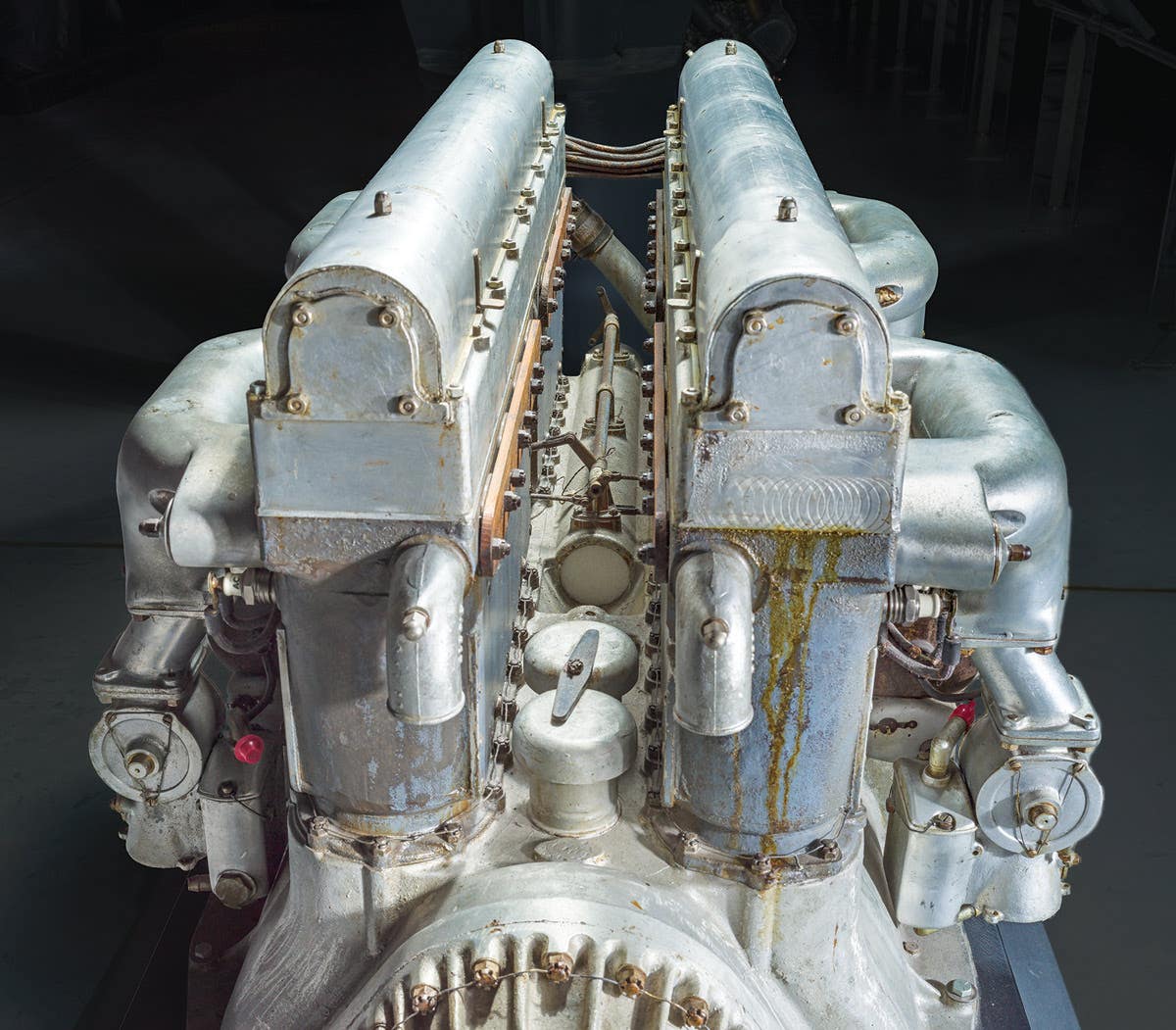Cruising for Ford Customers
South Dakota Ford salesmen had a unique approach to finding customers back in the 1930s: find people who need a car and drive them to work.
Fords, such as this Fordor pictured on a postcard from Pankow
Motor Co. in Wells, Minn., were likely used by the Grand Rapids
Ford dealership in its “cruising” promotion.
(Peter Winnewisser collection)
Cruising and “cruise nights” are very popular among the collector car fraternity today. The concept is simple: meet in the evening at a pre-arranged spot, such as a mall or restaurant parking lot, a dealership, a park or a village center where cars line up next to each other and owners can walk around to look at them, exchange stories and enjoy something to eat. After an hour or two, they make their way home. It’s simple, inexpensive and there is always something new from the car world to enjoy.
Cruising is not a new idea, although it has been tweaked quite a bit for modern living. In 1934, a Grand Rapids, S.D., Ford dealership based a sales pitch around the idea of cruising. Here’s how they did it, as explained in the flyer they prepared.
“During three months in the spring and two months in the fall, salesmen for the company travel along main thoroughfares leading to the business districts during the hours men are going to offices or factories. When they see a man waiting for a bus or street car, they stop and offer to give him a ride. Nine times out of 10, the man will accept.
“The ride downtown offers an excellent opportunity to demonstrate the new Ford V-8. The route may lead over a rough section of road or through heavy traffic, and the salesman will refer to how easily the car handles. If he has a full load, he points out how roomy the car is and mentions the fact that no one is crowded. He alludes to the car’s speedy pick-up after stops at traffic lights and shows how quietly the gears are shifted. A good salesman is bound to get some reaction from the passengers he has aboard.
“Perhaps some passenger shows enthusiasm. The salesman obtains his name and arranges to pick him up at his house the next morning. In other words, he wants to get that man alone, where he can let the car sell itself in a more thorough demonstration than is possible on the trip downtown.”
The sales manager at the Ford dealership believed that “cruising has a technique all its own.” He found that March, April and May were the best months to do it in the spring, and September and October were the best times in the fall. During a cruising drive, there were three to 10 salesmen out daily, five days a week. The best time for cruising was 7 to 8:30 a.m. Crews were changed weekly in order to bring new salesmen into the picture and give everyone a chance at floor duty and demonstrations.
Cruising was usually a one-way proposition. The focus was on getting men when they were on their way to work, not when they were on their way home after a tiring day. “Early in the morning,” said the sales manager, “his mind is fresh and alert. He is easier to talk to at that time. It’s just psychology.”
Two out of every 10 passengers picked up during a cruising campaign became active prospects. That meant that for every 30 passengers there was one sale. This, in the sales manager’s opinion, “was a high figure for this method of gaining prospects.”
CLICK HERE to tell us what you think in the Old Cars Weekly Forums



